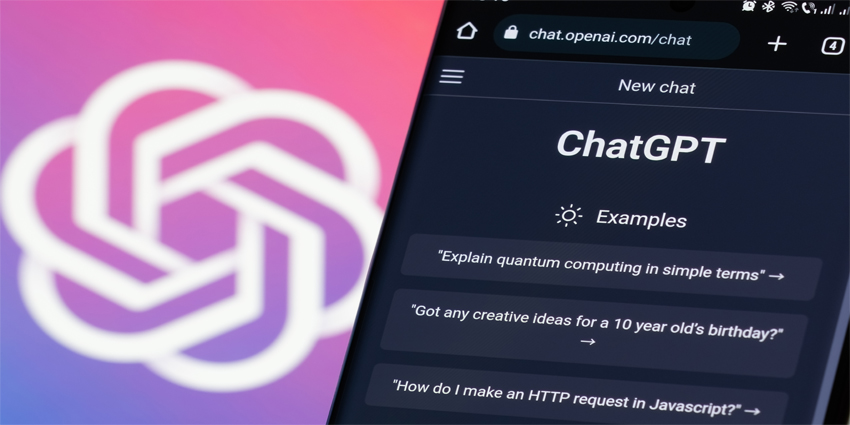AI agents continued to dominate the headlines this week, with Salesforce, Genesys, and OpenAI all announcing agentic AI releases.
Elsewhere, Mitel confirmed its exit from Chapter 11 bankruptcy and outlined its plans moving forward.
Here are the extracts from these popular news stories.
Salesforce Debuts Agentforce 3: The Top Takeaways
Salesforce has released Agentforce 3, less than a year since it launched the first iteration of its digital labor platform.
The most notable new feature is the Agentforce Command Center, an observability solution to monitor, scale, and optimize AI agent deployments across the enterprise.
Moreover, Salesforce announced agent interoperability, supporting open standards like Model Context Protocol (MCP).
Thanks to this new level of interoperability, Salesforce enables “plug-and-play” agent-to-agent flows spanning the enterprise, with 100+ new pre-configured industry actions to accelerate time to value.
Supporting these flows, the tech giant has teamed up with 30+ partners – including AWS, Cisco, and Google Cloud – and connected their AI agents. These are now available in the AgentExchange.
Then, there’s the updated Atlas architecture, which ensures lower latency, more context-aware outputs, and global availability. It also allows businesses to natively host large language models (LLMs), including those offered by Anthropic, on the Salesforce architecture.
“Agentforce 3 [is] a major leap forward for our platform that brings greater intelligence, higher performance, and more trust and accountability to every Agentforce deployment,” commented Adam Evans, EVP & GM of Salesforce AI (Read on…).
Genesys Introduces an AI Studio, Presents a “Grown-Up Path” to Agentic AI
Genesys has launched the Genesys Cloud AI Studio, an innovation hub that supports contact centers in pivoting toward agentic-AI-driven customer engagement.
AI Guides are the core component within the hub. These allow customer service teams to develop virtual agents using plain, natural language.
Indeed, leaders just need to give the agent a job description, with tasks they should perform alongside APIs to send data to, and they’ll receive a prototype. They may then test, refine, and deploy it.
These agents don’t follow rigid decision-tree-based flows. Instead, they act autonomously, make decisions, and adapt so they don’t snap whenever a customer says something unexpected.
Businesses can also extend their virtual agents’ reach, so they collaborate with AI agents in back- and middle-office systems, automating resolution flows that go beyond the contact center’s typical remit.
Then, there are configurable guardrails and safety controls, which the contact center can test to ensure accuracy, compliance, and an appropriate tone of voice (Read on…).
OpenAI Gives Businesses the Tools to Build Their Own Contact Center AI Agents
OpenAI has been hot on the heels of the traditional enterprise software vendors, making their technologies much more accessible, so tech buyers don’t need to invest in separate services.
An excellent example is its Call Record feature, which may threaten the future of conversational intelligence solutions.
Yet, its latest move has been to release a new open-source demo that offers developers a practical, hands-on introduction to building intelligent, workflow-aware AI agents with the Agents SDK.
One of those agents is a Customer Service Agent, which businesses can host on Hugging Face under the permissive MIT License.
With this, OpenAI enables brands to build their own contact center AI agents, freely modifying and using its code within their applications.
Via the demo, OpenAI showcases how airlines may create a Customer Service Agent to route airline-specific queries to dedicated AI agents. These may handle tasks like booking seats, checking the status of flights, making cancellations, and answering FAQs.
Meanwhile, the AI giant promised relevance and safety through integrated guardrails.
The release aims to help teams move faster from concept to production, making it easier to implement real-world AI agents confidently (Read on…).
Mitel Exits Chapter 11 Bankruptcy: A “Fresh Start” or Short Reprieve?
Mitel has officially exited Chapter 11 Bankruptcy.
Having received court approval for its pre-packaged restructuring plan back in April, the move will eliminate around $1.15BN of its $1.3BN debt.
In addition, the vendor will now be able to access $64.5MN in financing to help support its continued operations.
The news marks the end of Mitel’s three-and-a-half-month bankruptcy stint and the fulfillment of its promise of a “swift” exit.
Tarun Loomba, CEO of Mitel, described the news as a “fresh start” for the company.
“With the weight of legacy debt lifted, we are focused on accelerating our hybrid communications leadership,” he said.
We appreciate the continued trust of our employees, customers, partners, and vendors throughout this process and look forward to continuing to lead the way in unified hybrid communications for years to come.
Under the terms of Chapter 11 Bankruptcy, the company was able to continue operating while it devised an agreeable restructuring plan.
Now that it has officially exited Chapter 11, what will Mitel’s next move be? (Read on…).






